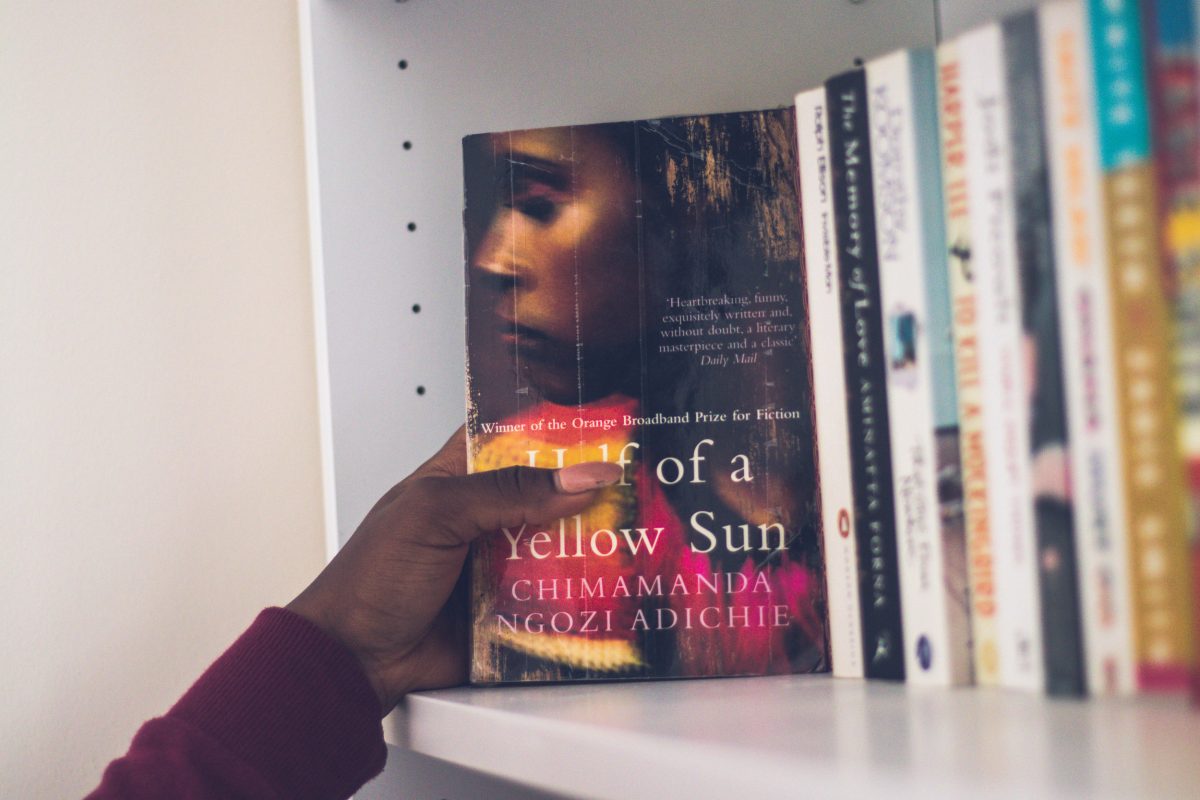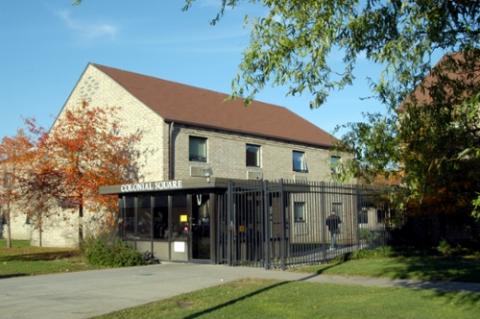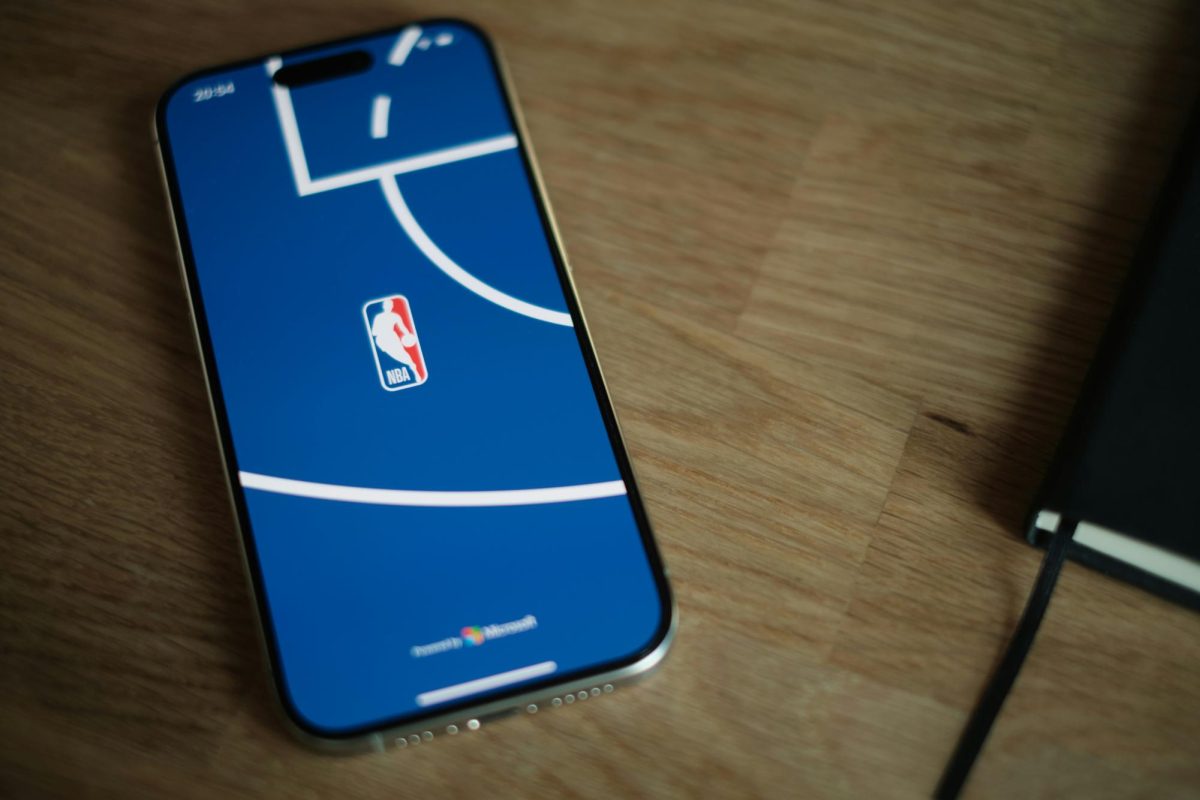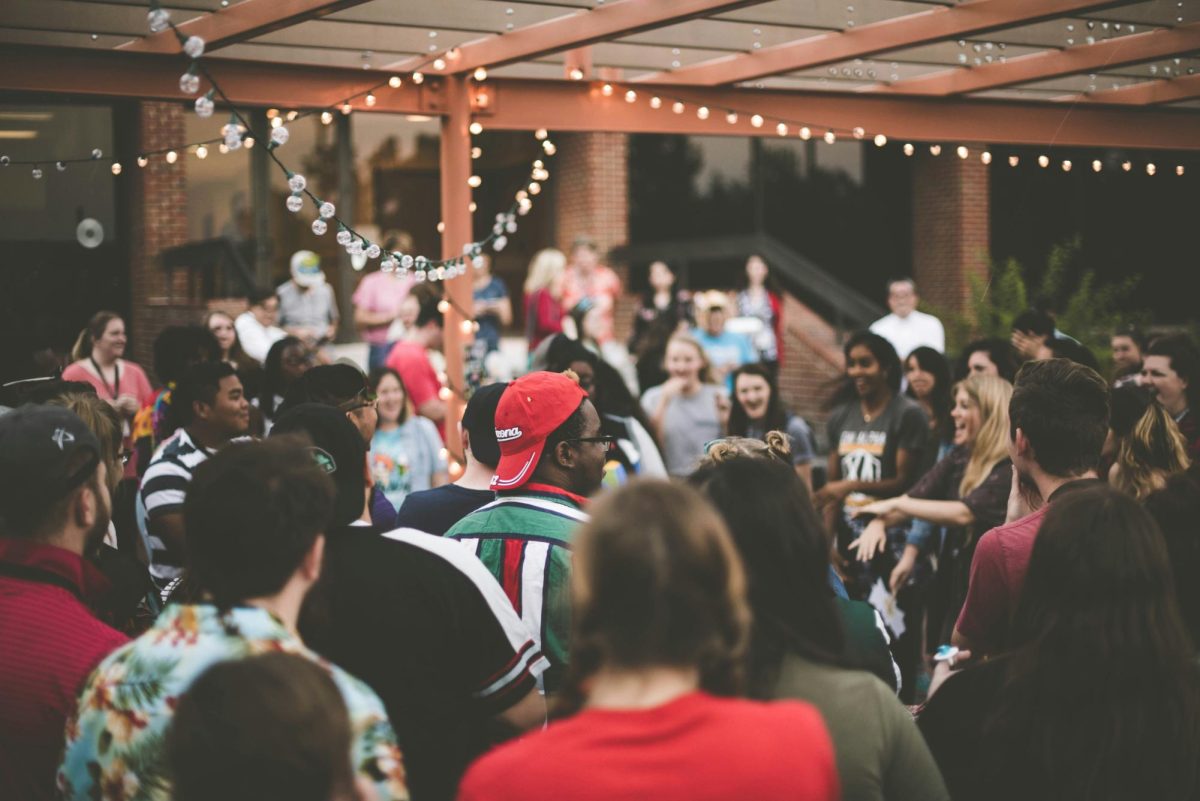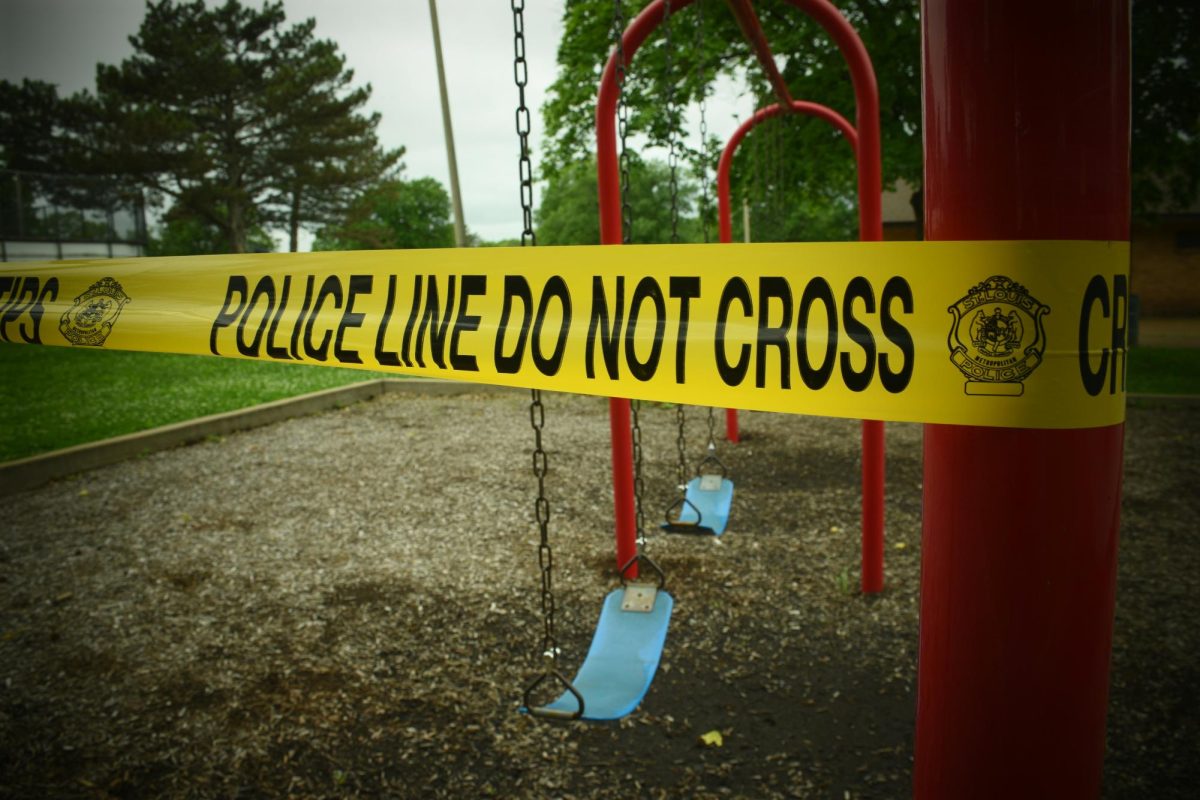In the wake of nationwide and worldwide protests in support of the Black Lives Matter movement, which were sparked by American police forces living up to their slave-catcher roots yet again, many outlets have put out anti-racist reading lists in an effort to educate non-Black allies on racism in the United States. For the past few months, online retailers’ bestseller lists have included titles like “How to Be an Antiracist” by Ibram X. Kendi and “White Fragility” by Robin DiAngelo, and Black-owned booksellers have been overwhelmed by a sudden influx of orders. However, as well-intentioned as these reading lists are, they can prevent people from considering why they are needed in the first place.
Part of the problem lies with how people approach these reading lists. While some of the titles are not fictional and were written to inform people about injustices that they might have been ignorant of beforehand, viewing Black literature through a purely educational lens erases what an individual author can bring to the table. The content supersedes the writer’s voice.
Books by white authors can teach as well, but that is not their only purpose – people admire them because of the author’s writing style or their use of symbolism, in addition to what they learn. School curricula will harp endlessly on Gatsby’s green light or on Desdemona’s handkerchief but cannot seem to approach Black literature the same way.
That is why school districts should strive to incorporate books by Black authors on a variety of topics, from picture books to chapter books to novels. Spotlighting books by Black authors only during Black History Month and constricting the field to books on slavery or on the civil rights movement creates a situation where students only see Black voices appear in two main genres: nonfiction or historical fiction. “The Hate U Give” seems like an exception, but it appears on curricula mostly for its perspective on police brutality, not for how well Angie Thomas writes.
My school district prides itself on its diverse student body, but it falls into this trap as well: Books by BIPOC authors are shunted to independent reading lists or summer reading lists; only one or two titles make it to the main curriculum and even those depend on which course people are taking. The reading lists for AP classes offer similarly slim pickings – how can only a handful of Black authors pass muster and be worthy of analysis?
Many curricula continue to treat books by Black people as elective and not worth the time if they do not explicitly teach non-Black people about racism. Black authors’ works are used as vehicles for people to realize the scope of their ignorance, rather than existing as classics in their own right.
Unfortunately, if this kind of thinking does not change, more generations of Americans will miss out on what Black authors have to offer beyond examples of their suffering.

